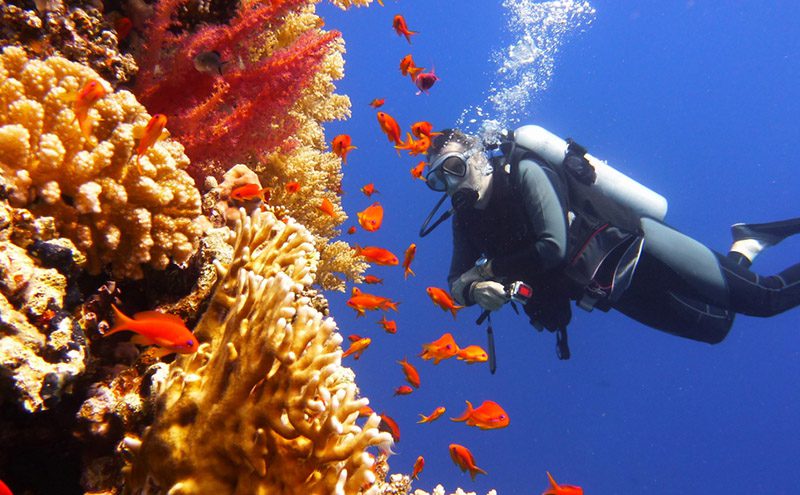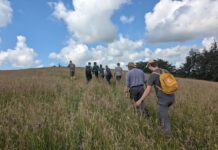
Reef rehabilitation trials began at two reef sites in Australia’s Great Barrier Reef in the Whitsunday Islands in January. The Great Barrier Reef has suffered severe coral die-offs in recent years due to some extreme weather events linked to climate change.
They are being conducted by experts from design and engineering consultancy BMT, and the Schools of Civil Engineering and Biological Sciences from the University of Queensland (UQ), supported by underwater specialists from Commercial Marine Group.
The trials aim to stabilise coral rubble which was produced in massive quantities as a result of ‘Cyclone Debbie’ that impacted the reef area in March 2017. The trials form part of a wider plan that is being proposed by BMT and Researchers from the University of Queensland to recycle dead coral into structures that can help protect the remaining reef and promote new growth.
The phase 1 climate-related geoengineering and biodiversity trials will provide an opportunity to test and fine tune the approach, as well as helping to gauge greater insight into the physical and biological responses that will take place following deployment.
BMT Project Leader Dr. David Rissik said that the lessons learned from cyclone wave damage will enable the team to develop cost effective approaches and implement these at relevant scales. “Having seen the scale of impact to coral that remains from ‘Cyclone Debbie’, we have the opportunity to make a real difference in this area. The new proposed plan by BMT and UQ addresses the issue of dead and damaged coral accumulating at the bottom of the seabed, where it begins binding together and forming a foundation for new coral to take hold. The BMT-UQ team want to speed up that process by collecting dead coral and building new structures out of it, to protect the remaining reef and stimulating new coral grow growth.
Rissik said the 3D artificial coral structures will not only act as a unique ‘buffer’ against cyclone wave damage but will also provide a stable base for new coral recruitment. He said these artificial structures would each measure 2m in diameter, and would be placed strategically to help speed up the natural repair processes and provide healthy habitats for fish.
Representing the University of Queensland’s School of Civil Engineering Professor Tom Baldock said, “The approach can be adopted in other parts of the Great Barrier Reef where the reef has been damaged. Stabilising coral rubble increases the likelihood that crustose coralline algae (CCA) will naturally bind the coral to form a stable substrate onto which coral larvae will be able to recruit and establish new coral communities.
“In addition through the growth of CCA crustaceans that trigger the release of chemicals to attract free-swimming coral larvae, the stabilisation process will become greatly strengthened. The nets will bio-degrade slowly, leaving the coral structure in place.”
Professor Peter Mumby from the School of Biological Sciences at UQ commented, “Recreating 3D artificial coral structures within the coral rubble areas provides an effective framework for reef rehabilitation, as well as providing an improved habitat for fisheries and other marine life.”
The Great Barrier Reef is under threat from a range of different human induced pressures and everything which can be done should be done to help the reef survive into the future, especially one where climate change continues unabated. The BMT-UQ team has worked closely with the Great Barrier Reef Marine Parks Authority and with Queensland Government agencies to select trial sites, to develop deployment protocols and to ensure that all necessary environmental approvals were obtained.
The pilot project has been funded by the Australian and Queensland governments and is being run through the Advance Queensland Small Business Innovation Research Coral Abundance Challenge.








